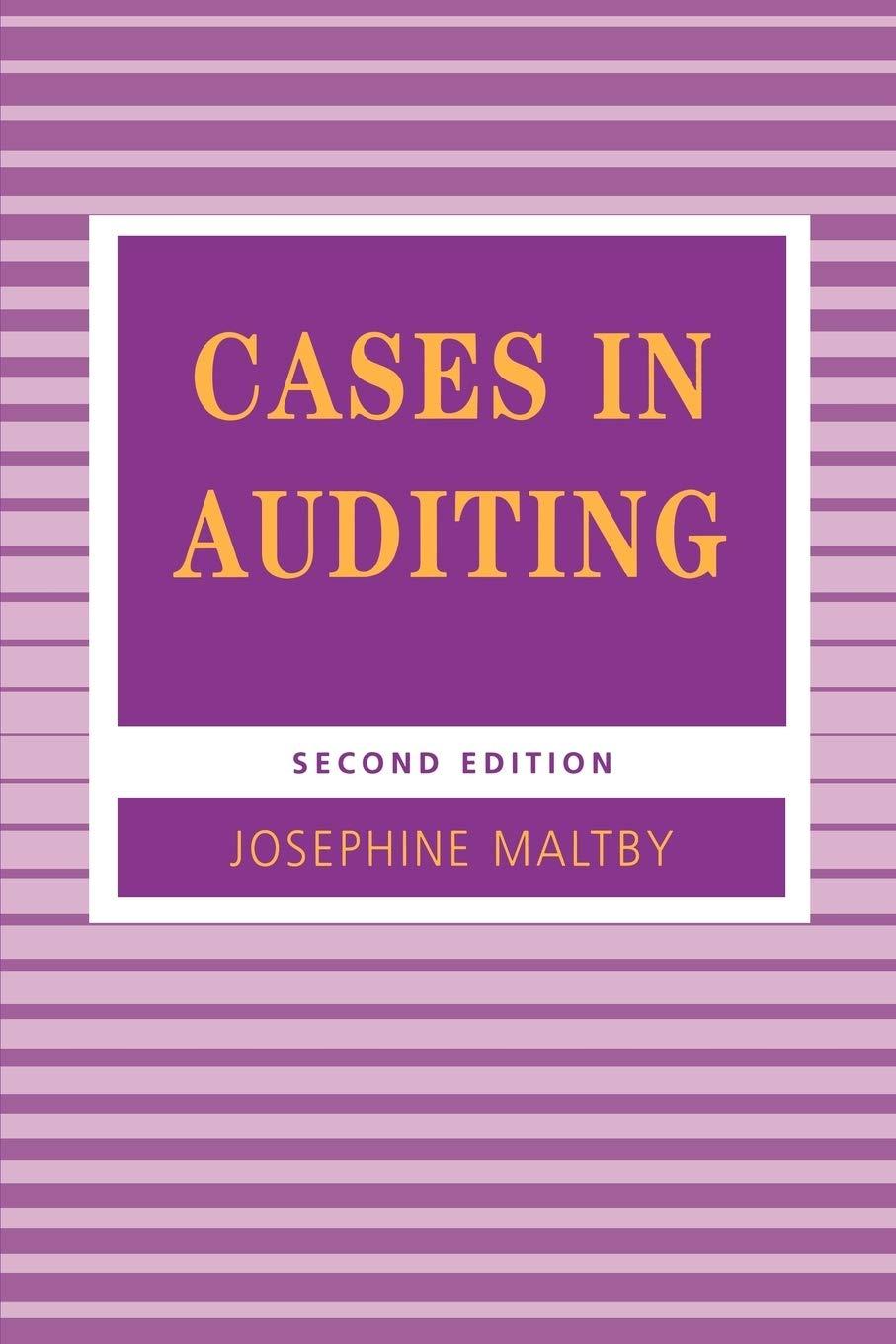Question
Consumer demand of product X is normally distributed with mean 100 and standard deviation 20. The retailer procures the quantity q from the manufacturer only
Consumer demand of product X is normally distributed with mean 100 and standard deviation 20. The retailer procures the quantity q from the manufacturer only once at the start of the sales period and set the price p=$800. The manufacturer charges the wholesale price w=$400 to the retailer. The retailer sells leftovers at the end of the sales period at the discount price for market clearance in the liquidation market, s=$300. Prior to purchase, consumers are uncertain about the value of the product that they would obtain from consuming one unit of the product. Consumers purchase and inspect the product to assess the value correctly. Then, they decide whether to consume it until the end of its life or return the product the product to the retailer immediately after inspection. Let the probability of returning the product be =20% (that is 1-=80% portion of the consumers will keep the product and consume it until the end of the product life). The retailer refunds p-z to the consumer if it accepts the return. z=$100 is commonly known as re-stocking fee. For example, Best Buy and Circuit City used to charge 15% of the purchase price as a restocking fee on unboxed merchandise. The retailer sells off retained leftovers and returned items at the end of the sales period at the discount price for market clearance in the liquidation market, s=$300. (a) What is the Marginal Benefit (MB)? What is the Marginal Cost (MC)? (b) What is the optimal Service Level?
Step by Step Solution
There are 3 Steps involved in it
Step: 1

Get Instant Access to Expert-Tailored Solutions
See step-by-step solutions with expert insights and AI powered tools for academic success
Step: 2

Step: 3

Ace Your Homework with AI
Get the answers you need in no time with our AI-driven, step-by-step assistance
Get Started


